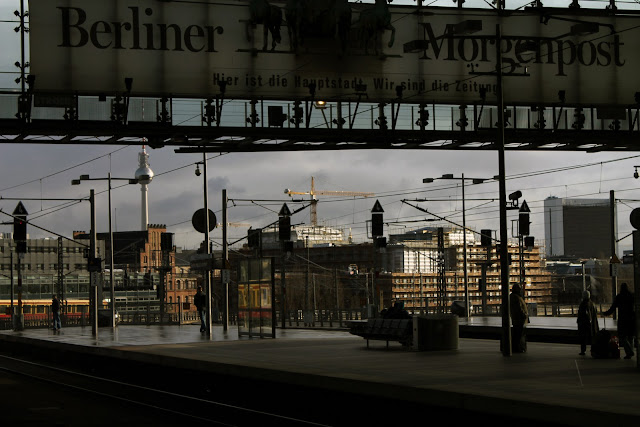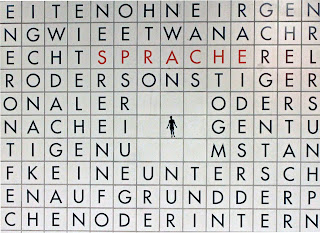One of the reasons we moved to Germany in 2010 was because
Wendy, my wife, and our daughters have German citizenship. They are
citizens because Wendy's grandparents, Arthur and Margaret Mendel, fled
the Nazis back in 1938, and German law says that those who lost their
citizenship between 1933 and 1945, along with their descendants, can
have it back.
The story of Wendy's grandparents and
their families is heartbreaking and fascinating. It's a story I hope to
write down someday. In the meantime, I made this short video about
Wendy's grandfather's home town of Aldekerk, and the installation of
Stolpersteine,
or Stumbling Stones, in front of the family house there. The
Stolpersteine, of which there are thousands throughout Germany and in
some neighboring countries, are a project of the artist Gunther Demnig,
who places the little brass sculptures in sidewalks in front of houses
from which Jews and other victims of the Nazis were taken or where they
were murdered. When we stumble upon them in Berlin, which is quite
often, sadly, we always stop and read the inscriptions.
Up
until June 2012, there were no Stolpersteine in Aldekerk. Now there are
two groups of them, one for each of the two Jewish families who called
the small town their home until the Nazis took their homes and many of
their lives away from them.
Sometimes the number of
memorials to the Holocaust in Berlin can be overwhelming. And sometimes
we might ask, Isn't it enough yet? The answer is clear: It will never be
enough.

















